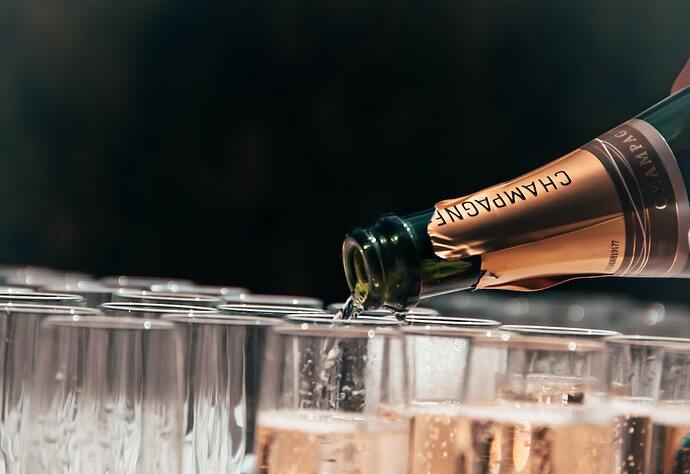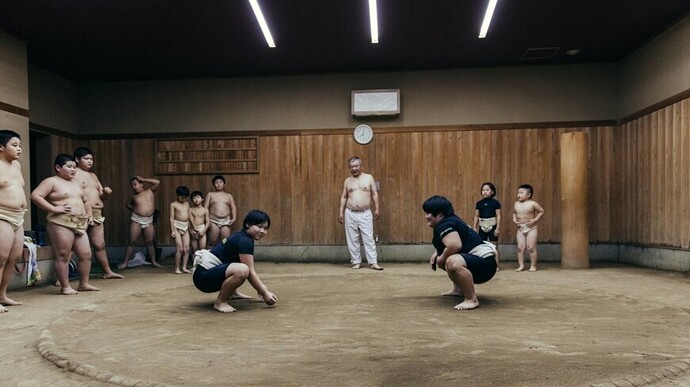Champagne is a sparkling wine hailing from the Champagne region of northeastern France. It is a wine that has become synonymous with luxury, celebration, and romance, with its effervescent bubbles and light, crisp taste.
History
The origins of Champagne can be traced back to ancient Rome, where the wine was first produced. However, it wasn’t until the 17th century that Champagne became a popular drink in France. It was during this time that the monks of the Abbey of Hautvillers, located in the Champagne region, began experimenting with the wine.
They discovered that by allowing the wine to undergo a second fermentation in the bottle, they could create a wine that was effervescent and had a unique taste. This process has been refined over the years and is now known as the traditional method.
Champagne Houses
There are many Champagne houses located in the Champagne region, with some of the most famous including Moët & Chandon, Veuve Clicquot, and Dom Pérignon. These houses have been producing Champagne for centuries and are known for their high-quality wines.
The grapes used in Champagne production
Champagne must be made from specific grape varieties that are grown in the Champagne region. The three main grapes used in Champagne production are Chardonnay, Pinot Noir, and Pinot Meunier.
Chardonnay is a white grape and is the only grape used in Blanc de Blancs Champagnes. These Champagnes are known for their light, crisp, and delicate taste.
Pinot Noir and Pinot Meunier are black grapes and are used to make Blanc de Noirs Champagnes. These Champagnes are known for their slightly more robust taste profile.
The Champagne-making process
The Champagne-making process begins with the pressing of the grapes. Once the grapes have been pressed, the juice is fermented in stainless steel vats or oak barrels. After fermentation, the wine is blended and bottled with a mixture of sugar and yeast, which causes a second fermentation to occur.
The wine is then stored on its side for a period of time known as the secondary fermentation. During this time, the wine develops its signature bubbles.
The wine is then aged for a period of time, which can vary depending on the type of Champagne being produced. This aging process gives the wine its depth and complexity.
Finally, the wine is “disgorged,” which means that the sediment from the second fermentation is removed from the bottle. The bottle is then corked and wired shut.
Different types of Champagne
There are several different types of Champagne, each with its own unique taste profile. These include:
- Non-vintage Champagne: Made by blending different wines from several years. These Champagnes are known for their consistent taste.
- Vintage Champagne: Made from grapes harvested in a single year. These Champagnes are known for their complexity and depth.
- Blanc de Blancs Champagne: Made from Chardonnay grapes. These Champagnes are known for their light, crisp taste.
- Blanc de Noirs Champagne: Made from Pinot Noir and/or Pinot Meunier grapes. These Champagnes are known for their slightly more robust taste profile.
- Rosé Champagne: Made by adding a small amount of still red wine to the blend.
Serving Champagne
Champagne should be served chilled, between 45 and 50 degrees Fahrenheit. It is recommended that the bottle be opened with a gentle pop rather than a loud bang.
Champagne should be poured into a flute or tulip-shaped glass to showcase its bubbles. It is best enjoyed on its own or paired with light foods such as oysters or caviar.
Conclusion
Champagne is a wine that has been enjoyed for centuries and has become a symbol of luxury and celebration. Its unique taste and effervescent bubbles have made it a popular drink for special occasions. With its rich history and dedication to quality, Champagne will continue to be enjoyed for generations to come.
Disclaimer
6do Encyclopedia represents the inaugural AI-driven knowledge repository, and we cordially invite all community users to collaborate and contribute to the enhancement of its accuracy and completeness.
Should you identify any inaccuracies or discrepancies, we respectfully request that you promptly bring these to our attention. Furthermore, you are encouraged to engage in dialogue with the 6do AI chatbot for clarifications.
Please be advised that when utilizing the resources provided by 6do Encyclopedia, users must exercise due care and diligence with respect to the information contained therein. We expressly disclaim any and all legal liabilities arising from the use of such content.














